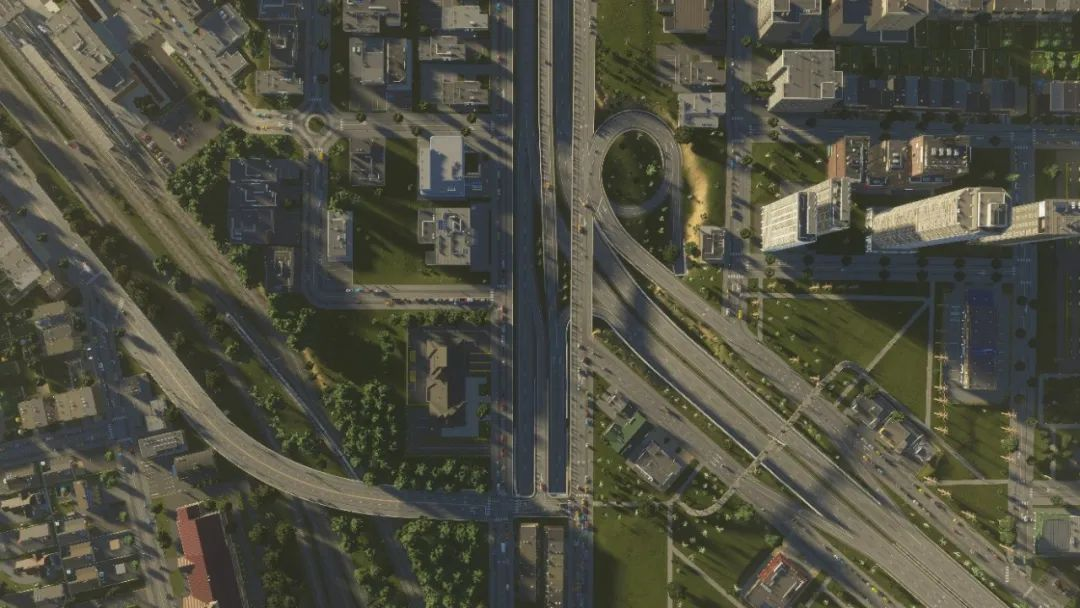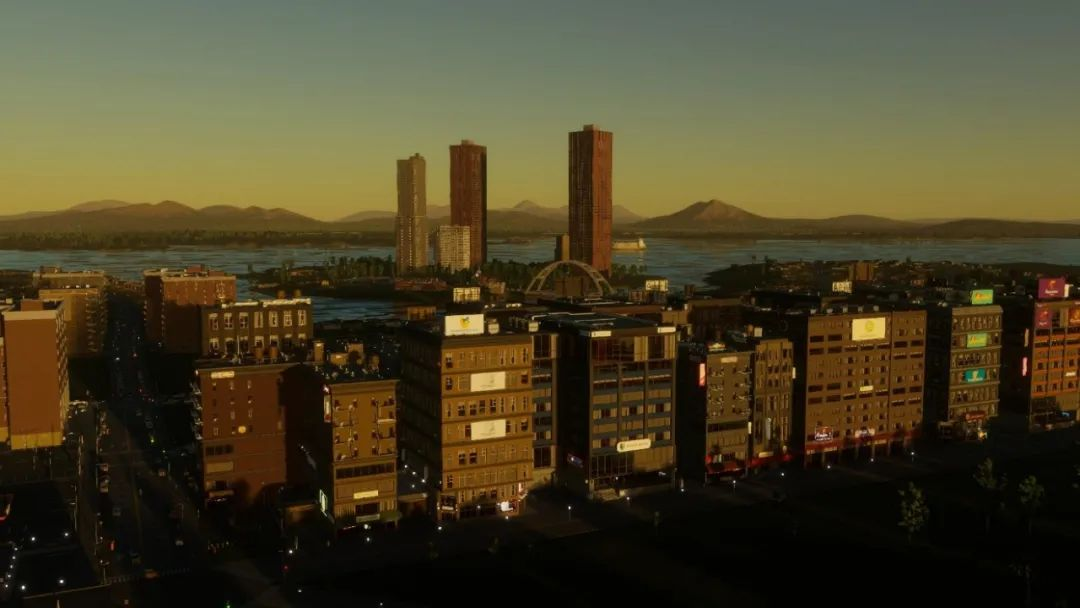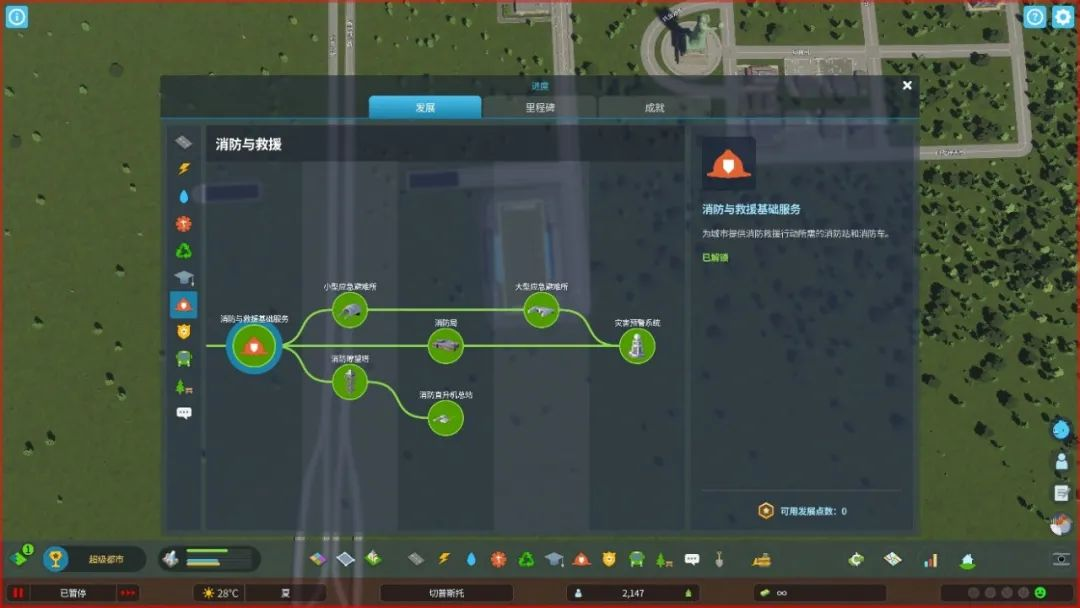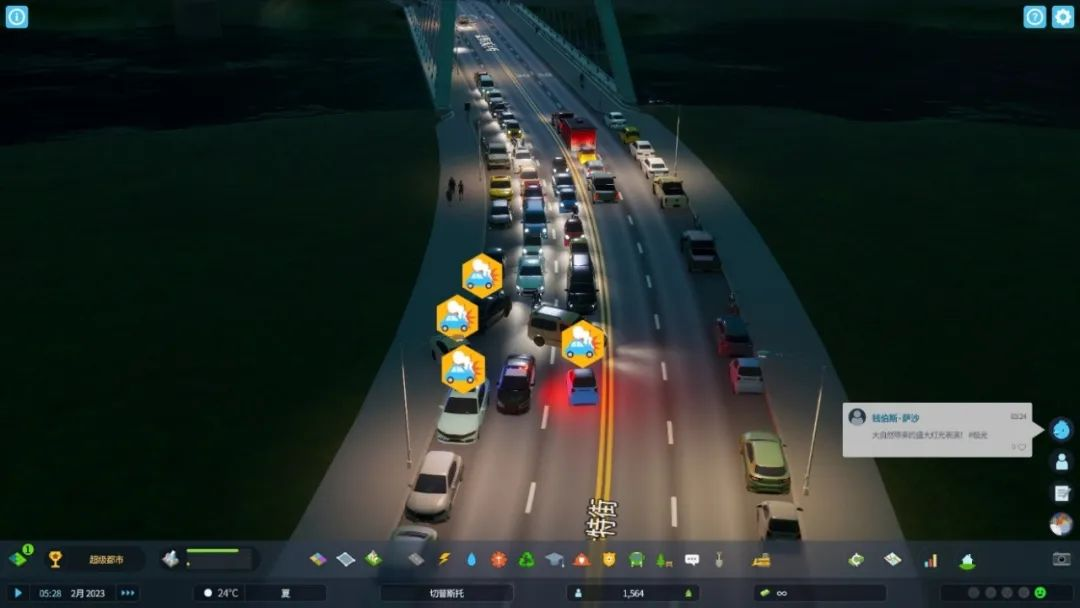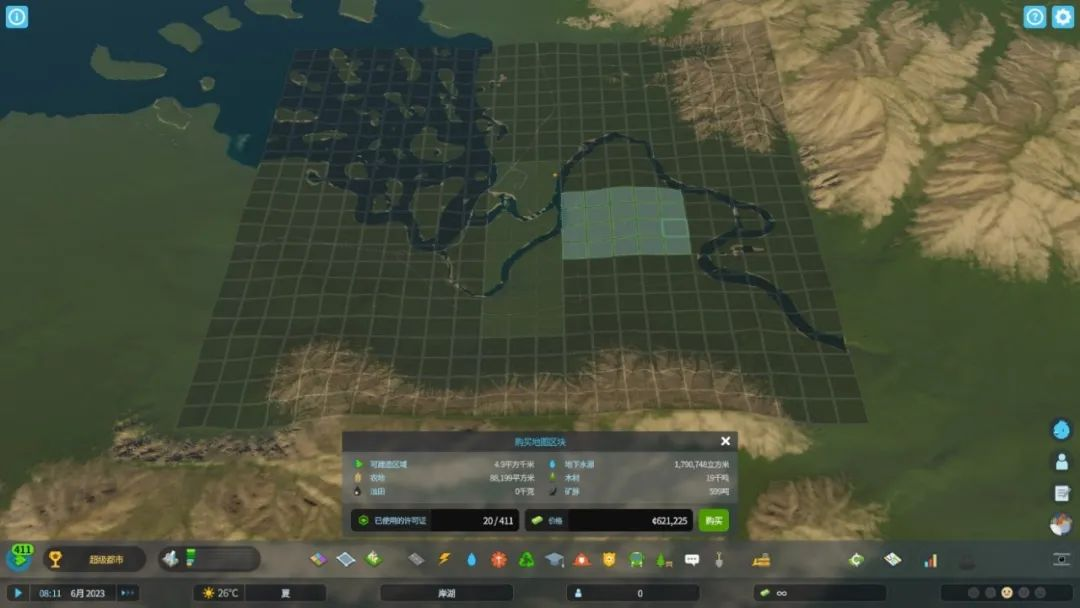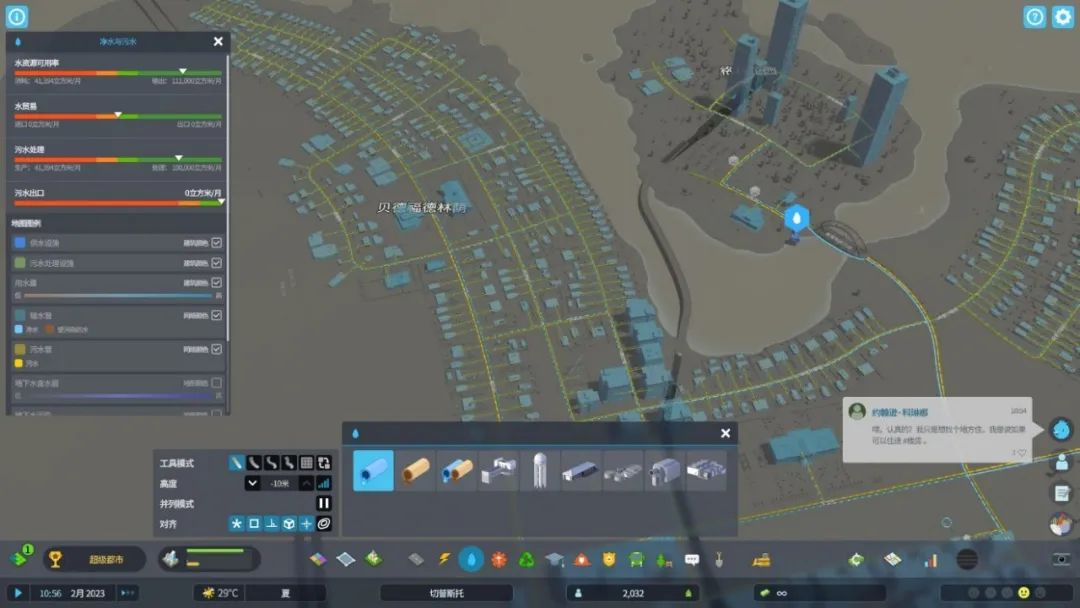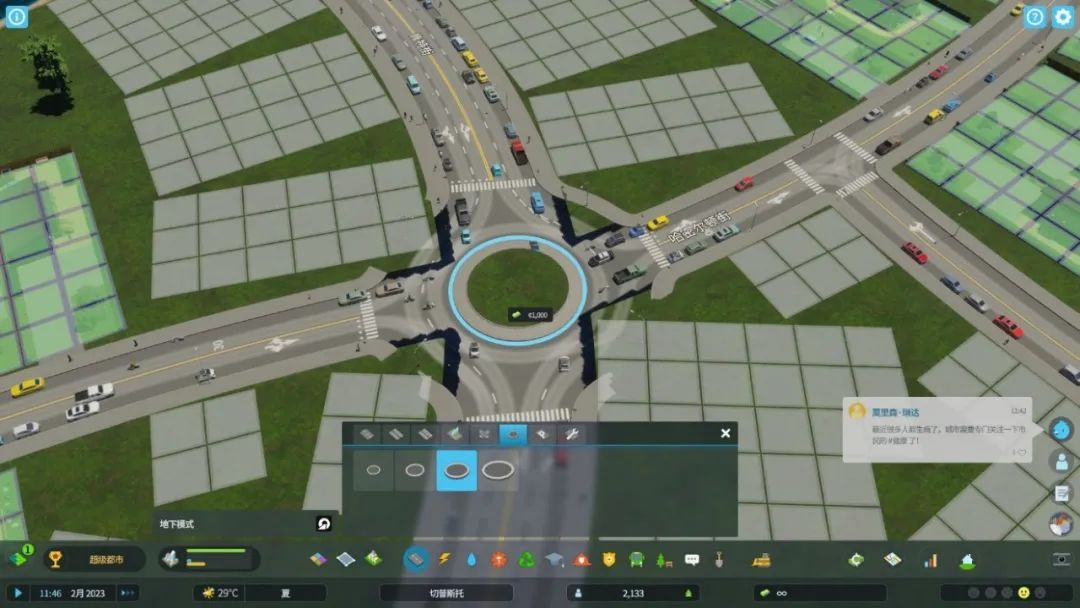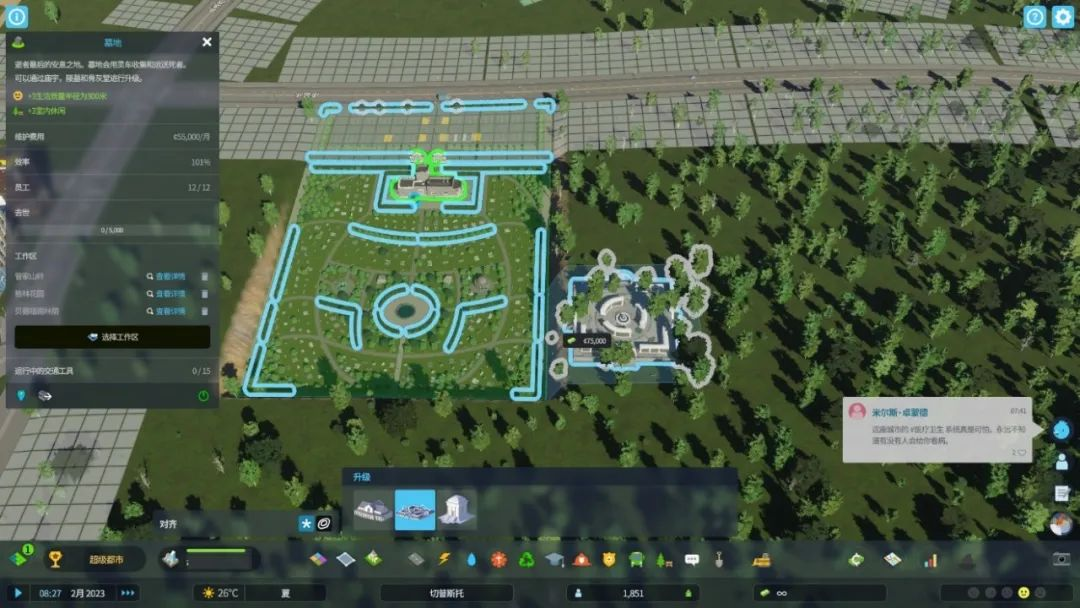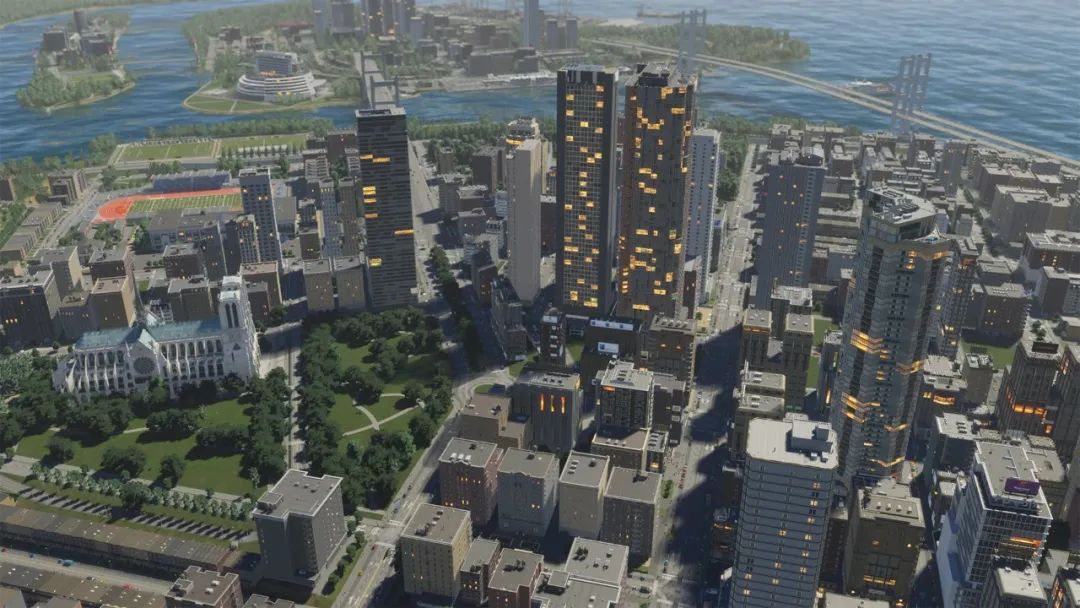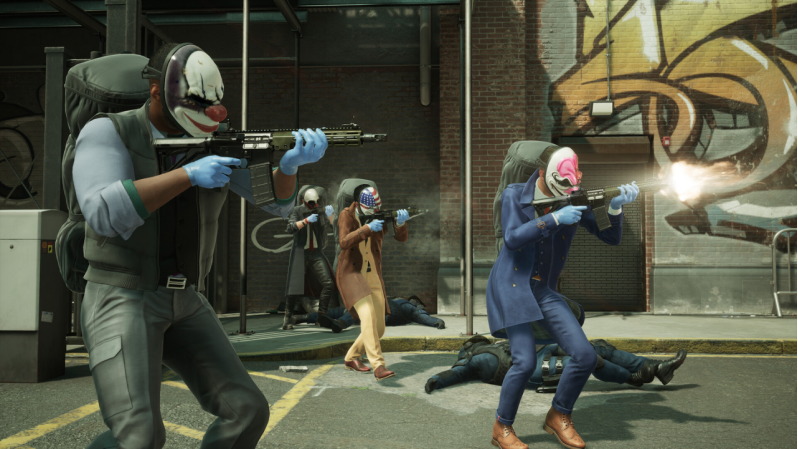The best city simulation game of the moment, how else can the sequel be upgraded?
Cities:Skylines II is a work born under pressure and shadow.
Its predecessor, Cities:Skylines, sold 3.5 million copies in its first year after its launch in 2015, directly stealing the dominance of the genre from SimCity 2013, and sold more than 12 million copies in the following eight years, making it the only “mainstream masterpiece” of the genre. SimCity is the only game that can be called a “mainstream hit”.
With a 90% positive rating on Steam and over 180,000 positive reviews, Cities: Skylines is another indie classic that has made a name for itself. To say that it’s the best city simulation game of the moment sounds like a bit of an exaggeration, but it’s actually not that surprising - after all, there simply hasn’t been another game that could possibly shake it up even a little bit inside of those eight years.
So, whether its sequel can surpass the shadow of its “hegemonic” predecessor and bring some fresh fun to the city simulation game has become a topic that can’t be avoided.
Sims have no characters or storylines, so the only way to take the experience to the next level is to look for meaningful enhancements to the core gameplay and core fun.
Over the course of the past week, I went ahead and took a deep dive into Cities: Skylines 2. I think the developers have done some pretty amazing things, and on many levels, taken a step further on the shoulders of giants and built an excellent starting point for the future. But at the same time, unfortunately, the game has run into some technical issues as a result.
As many of you who have been paying attention may know, Cities: Skylines 2 gives a recommended configuration of an RTX 3080, which is indeed a bit of an exaggeration for a simulation game. The RTX 2080Ti that we used for our actual testing was indeed only able to maintain a relatively good gaming experience at 2K resolution and medium image quality at first, and it was only after a subsequent 50GB update was opened up that the performance issues improved.
Had the performance issues not dragged it down, the Cities:Skylines II experience would have been really full of fun, and all of it would have been a real improvement over the first generation.
For example, one of the bigger problems with the first generation was that achievements in the game unlocked so quickly that you could quickly get rich on loans (or slamming toll booths) and then basically build whatever you wanted.
The second generation added a highly flexible technology tree system that requires players to complete missions to gain experience and technology points, and then act like a real consul to unlock specific technologies according to the characteristics of the map, guiding the city’s next step in development.
If the player is developing agriculture and forestry, he can unlock watchtowers and firefighting helicopters first. If you want to build a high-tech city, you can also unlock the university, hospital and international airport. These tech trees don’t interfere with each other, so players can focus on creating the city features they have in mind without having to be distracted by going out and solving other problems.
In Cities: Skylines 2, the game’s most central citizen AI has changed radically. Citizens’ actions are much more complex. In addition to commuting distance affecting the course of action, time and cost become important considerations. In the event of congestion, citizens will actively redirect themselves to a quicker route. If the destination is not good for parking, it will also affect the citizens’ willingness to travel.
In the previous game, citizens would always tend to use the transportation route with the shortest distance, making it very difficult to solve the transportation problem in the middle and late game. Later, players simply broke the mold and developed the gameplay of building toll booths all over the core main roads.
And in the second generation, the toll station play is not playable, several parallel arterials can also be seen on the traffic diversion. Even more interestingly, people driving on the road will also have car accidents. If an area’s roads lack maintenance, the probability of car accidents on the road goes up. Zooming in closer, citizens will walk their dogs, play in parks, and feel like there are little stories going on around the edges. All of this makes the cars and pedestrians in the city feel more alive and less like a perfectly functioning piece of programming inside a sandbox forever.
The buildable area of the city in the game has also been vastly improved. One of the features of the series is the ability to gradually unlock map blocks to expand the buildable area. In the first generation of the original game, a city could have up to nine blocks, which equaled about 35 square kilometers.
By Cities: Skylines 2, individual blocks had shrunk to one-eighth to one-ninth of their previous size, but the total number of purchasable blocks skyrocketed to more than 440, bringing the game’s native playable area to nearly 160 square kilometers alone, almost to five times the size of its predecessor. At the same time, the increased number of plots also allows for more flexibility in city planning, making it less likely that you’ll pay a lot of money for a plot of land only to have a large portion of it sit abandoned.
Of course, the first generation had mods that allowed players to unlock all 25 blocks, bringing the playable area to 96 square kilometers. But in this state, if the player’s city is built a bit more complex and full, a highly configured computer will struggle to run it, and loading the map using a high-speed SSD may take several minutes, even ten. And in the middle and late game, when the land parcels are opened to 200-300, and the population of the city reaches 40-50,000, the frame rate drop and lag will start to become very obvious.
The first generation of the game was known for its excellent road network construction system, and the second generation improves on that. There are more detailed and effective hints for auxiliary lines, a fine selection of which lane corresponds to which when connecting two different widths of road, and even a conscientious feature such as one-click intersections into traffic circles, making it easy for players to build complex and beautifully crafted road networks without relying on any plug-ins.
One-click traffic circles really are great inventions
Generation 2’s power lines and water and sewer pipes are integrated into the roads, solving a big problem. No matter how far apart two planning areas are, as long as they are connected by a road they can deliver power and water to each other, no more building separate generators for pumping stations far away in the middle of nowhere or pulling some ugly wires across the city center in the early stages of the game.
The only problem with this system at the moment is that highways and bridges can cut off this transmission pipeline, making it slightly tricky to connect, but that’s a matter for a subsequent patch.
The administrative divisions within the game finally have a more practical use, with services like police stations, fire stations, and hospitals serving designated administrative areas in addition to their neighborhoods. This means that at the beginning of the game, when the population is small, several distant neighborhoods can share the same hospital or fire station, greatly reducing the cost of services.
Most facilities also support modular upgrades and expansions, such as adding garages to small fire stations, water purification facilities to sewage treatment plants, and integrated cargo terminals to airports, reducing the need for several buildings of the same function at the end of the game, and making the size of the city seem much more reasonable.
The radio station inside the game is also quite interesting, with DJs talking to each other and even commenting on the development of the city and spouting off. It’s a small sense of accomplishment when I plan out roads and business districts, and then hear the DJ say, “Our businesses are thriving, and it’s great that several stores have opened. There have been many, many more subtle changes that I can’t even begin to list.
Compared to its predecessor, which was in development for eight years and underwent several major updates, Cities: Skylines 2 will inevitably shrink a bit in terms of content, with a lot of what clearly seems to be a place reserved for subsequent DLC. But the amount of content presented now counts as an honest effort for a new game.
This amount of content also somewhat explains why the game performs so poorly. Improved AI, more road events, more expansive maps, more complex modular buildings, each of these gradually add up to a very configuration-intensive game. It’s something the development team hasn’t shied away from, admitting that it was a choice between releasing an underpolished product and skipping a deadline.
For most gamers, Cities: Skylines 2 has made a number of solid improvements on the excellent foundation of the previous generation, and would probably have taken over the throne of its predecessor had it not been bogged down by performance issues. As for the game’s performance issues, the development team will surely find a way to fix them, because it really won’t work if they don’t.
Before this article was written, we received a 50GB update package that, according to the developer’s alert, fixes a large number of operational and optimization issues that exist in the current version. Limited by time, we didn’t do too much in-depth testing, but the average frame rate under the same screen settings increased by about 30%, and there was a lot less lagging for no apparent reason, which is a pretty positive sign.
This efficiency in updating and iterating in a timely manner also gives me more confidence in the attitude of the development team. The current discrepancy between Generation 2’s plans for the Creative Workshop and Mod ecosystem and the opinions of the player community has caused some concern, but I’m confident that a developer like Colossal Games, who has always valued community culture, will respect this hard-won sequel - after all, in these days, high-development-specification simulations games are becoming increasingly rare.

